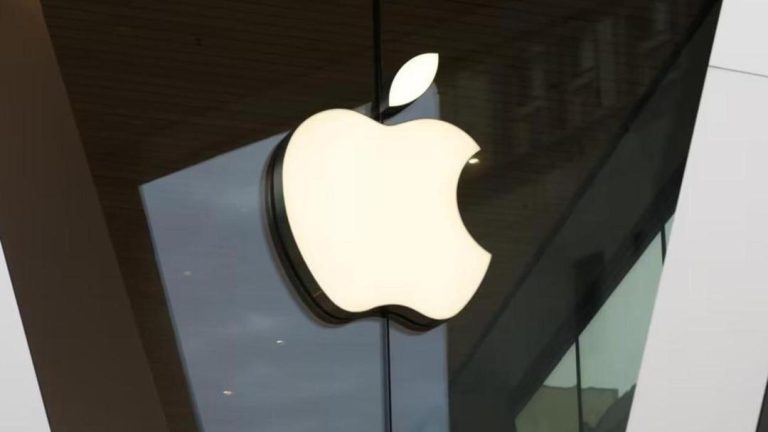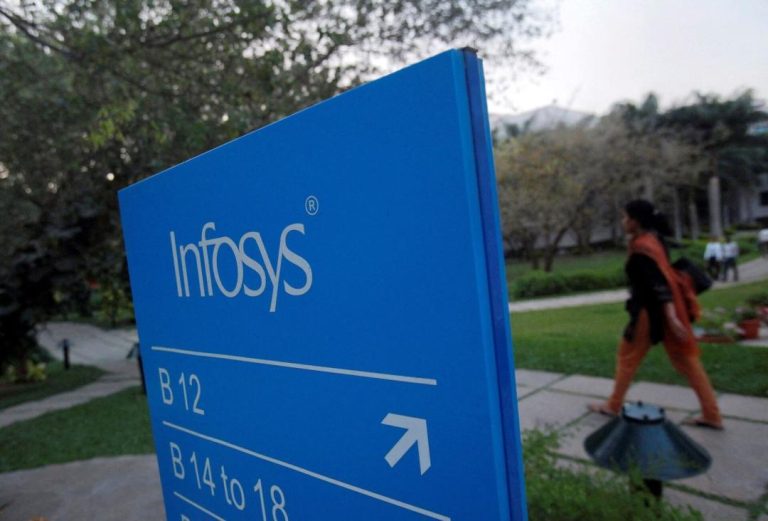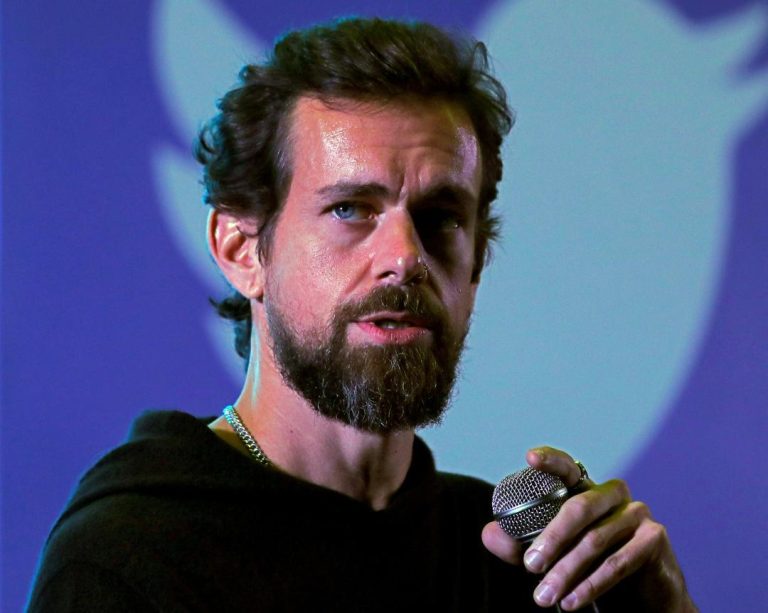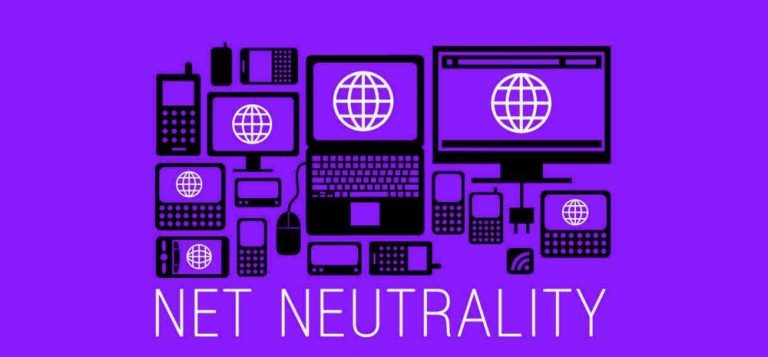
Insta Grabs Attention Fast; FB Builds Lasting Community & Loyalty
In today’s digital landscape, social media platforms have become crucial channels for businesses to connect with their target audience. With the rise of visual-centric platforms like Instagram and dialogue-driven platforms like Facebook, it’s essential to understand how these platforms can help you build brand recall and loyalty. In this blog post, we’ll delve into the differences between Instagram and Facebook, exploring how each platform can help you achieve your marketing goals.
Instagram: The Attention-Grabber
Instagram is known for its visually stunning content that grabs attention fast. The platform’s design is centered around fleeting moments, with posts and stories disappearing after 24 hours. This ephemeral nature of Instagram content is by design, encouraging users to constantly scroll and discover new content. As a marketer, you can leverage this attention-grabbing nature of Instagram to:
- Drive brand awareness: Share high-quality visuals that showcase your brand’s personality, products, or services.
- Generate buzz: Utilize Instagram Stories and Reels to create engaging, bite-sized content that sparks curiosity.
- Encourage user-generated content: Partner with influencers or run contests to encourage users to share their own experiences with your brand.
However, the fleeting nature of Instagram content also means that your posts may not linger in users’ minds for long. To maximize your Instagram presence, you’ll need to continually create fresh, engaging content to keep your audience engaged.
Facebook: The Community-Building Champion
Facebook, on the other hand, is designed to foster dialogue and community building. The platform’s algorithm prioritizes posts that spark conversations, encouraging users to engage with each other through comments, shares, and reactions. As a marketer, you can leverage Facebook’s community-building capabilities to:
- Foster brand loyalty: Encourage users to share their experiences, opinions, and feedback through comments and reviews.
- Create a loyal community: Build a community around your brand by hosting events, webinars, or Q&A sessions.
- Amplify your message: Share your brand’s story, values, and mission to resonate with users on a deeper level.
Facebook’s algorithm also takes into account factors like engagement, shares, and time spent on your content, giving you a better chance of reaching a larger audience. However, building a loyal community on Facebook requires a sustained effort and consistent content creation.
The Sweet Spot: Balancing Instagram and Facebook
To build both brand recall and loyalty, you need to strike a balance between Instagram’s attention-grabbing capabilities and Facebook’s community-building strengths. Here are some strategies to help you achieve this balance:
- Post consistently on both platforms: Share high-quality visuals on Instagram and engage with your audience on Facebook.
- Use Instagram to drive Facebook engagement: Share Instagram content on Facebook to encourage comments, shares, and reactions.
- Leverage user-generated content on both platforms: Encourage users to share their experiences with your brand on both Instagram and Facebook.
- Run Facebook Ads to amplify Instagram content: Use Facebook’s advertising capabilities to promote your Instagram content and reach a larger audience.
- Monitor and measure performance: Track your performance on both platforms to identify what’s working and adjust your strategy accordingly.
Conclusion
In conclusion, Instagram and Facebook are two distinct platforms that serve different purposes in your marketing strategy. While Instagram is ideal for grabbing attention fast and driving brand awareness, Facebook is perfect for building lasting community and loyalty. By understanding the strengths and weaknesses of each platform, you can create a balanced marketing strategy that drives results.
Source:
GrowthJockey. (n.d.). Instagram vs Facebook User Preferences and Engagement. Retrieved from https://www.growthjockey.com/blogs/instagram-vs-facebook-user-preferences-and-engagement
Note: The source URL provided is the original source of the information presented in this blog post.






